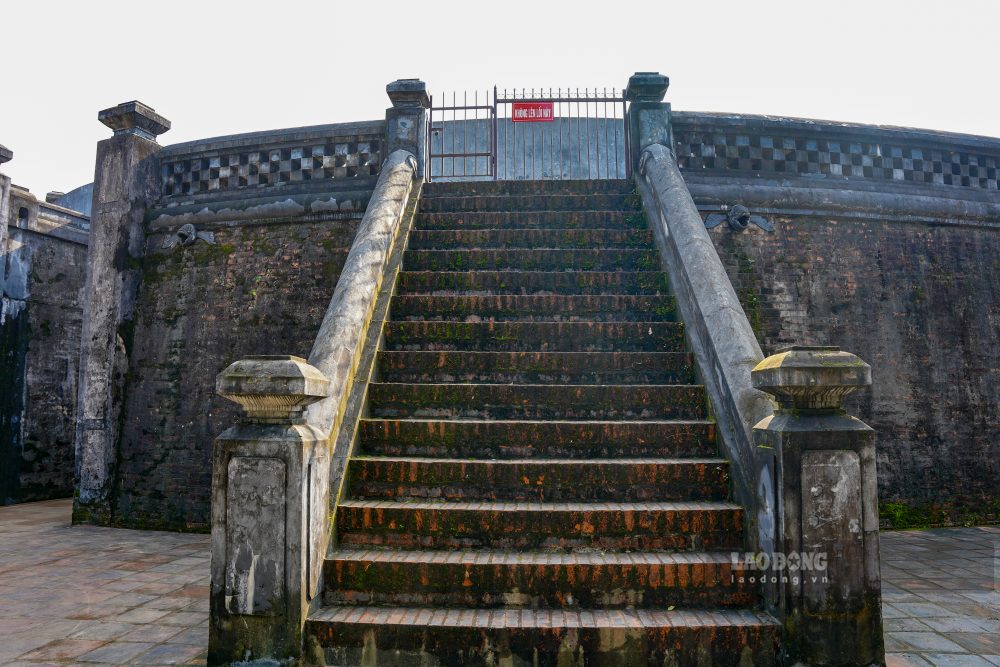
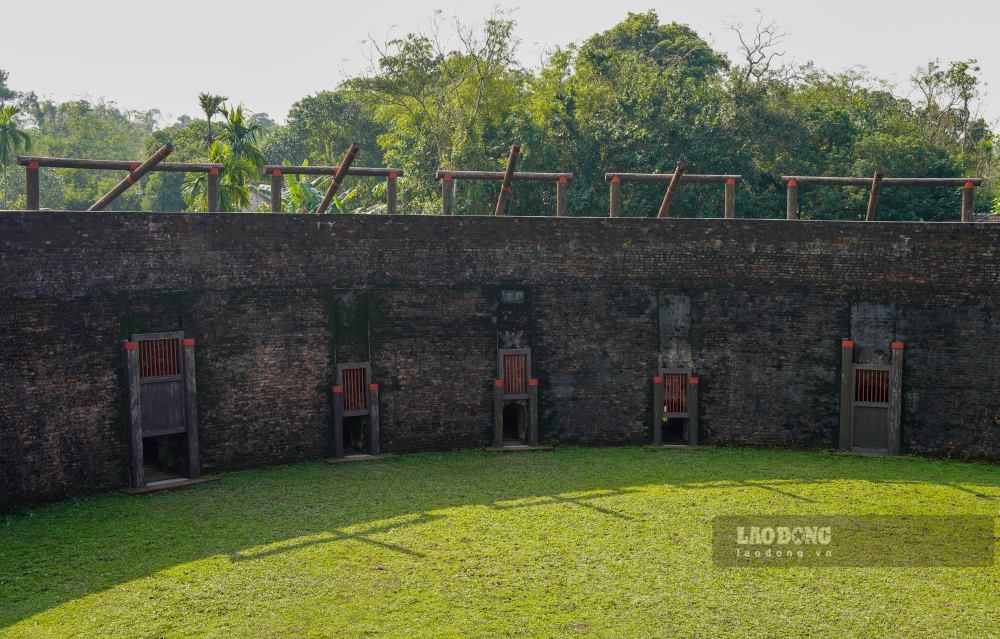
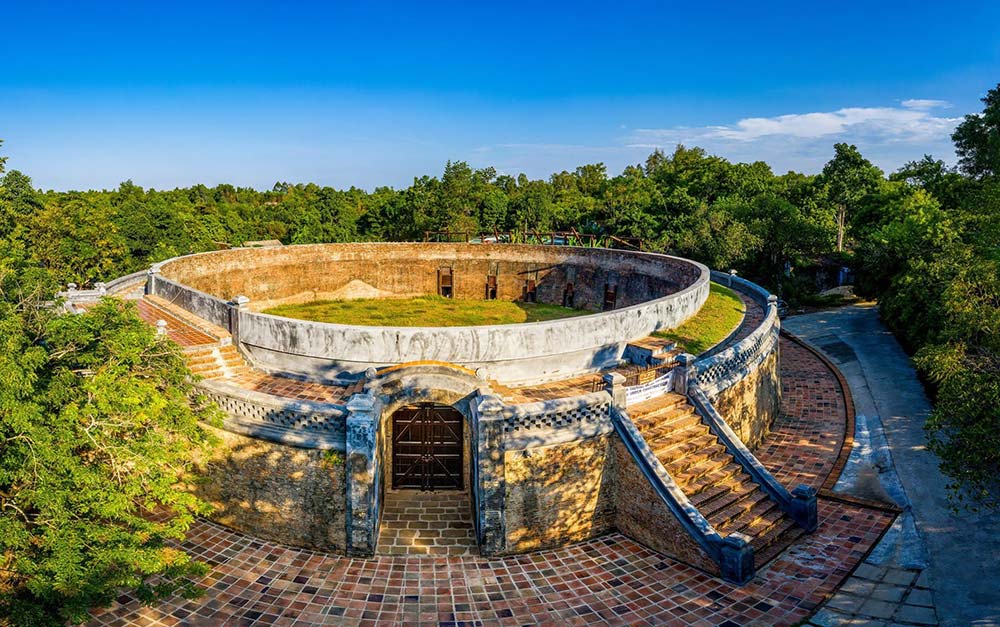
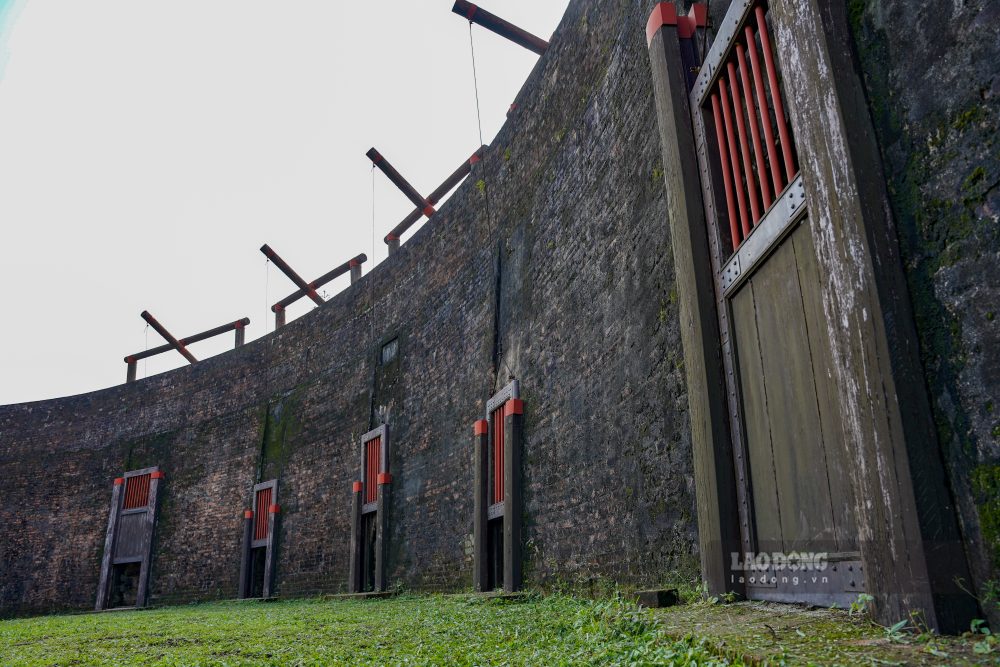
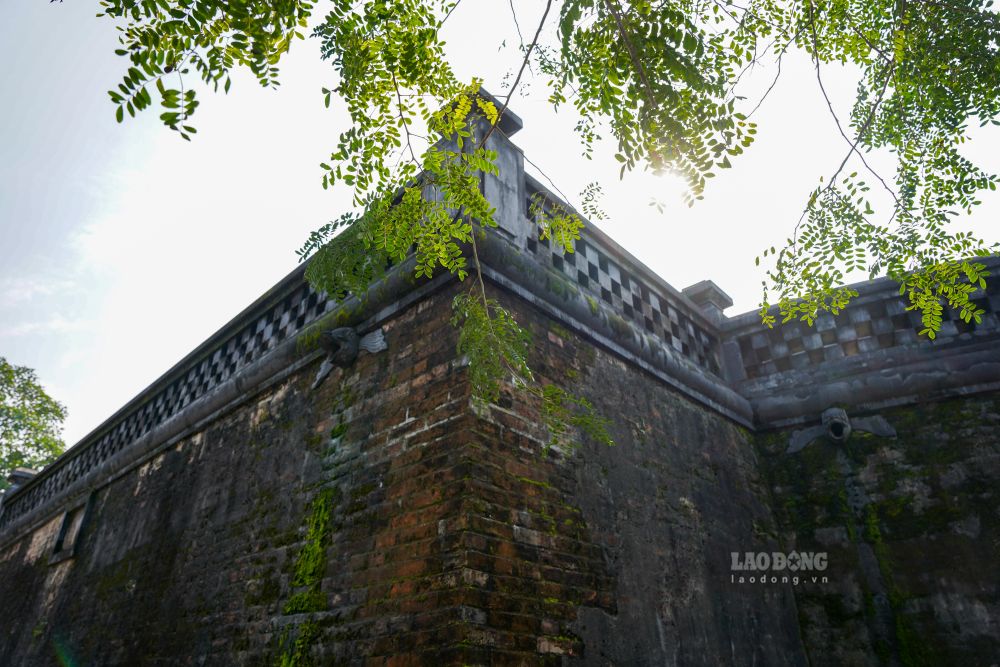
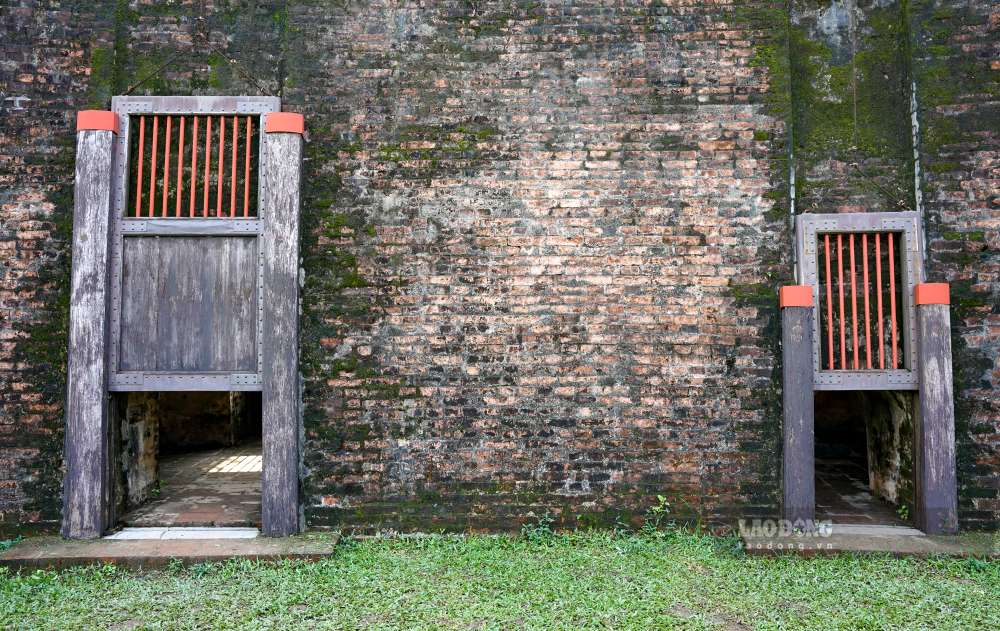
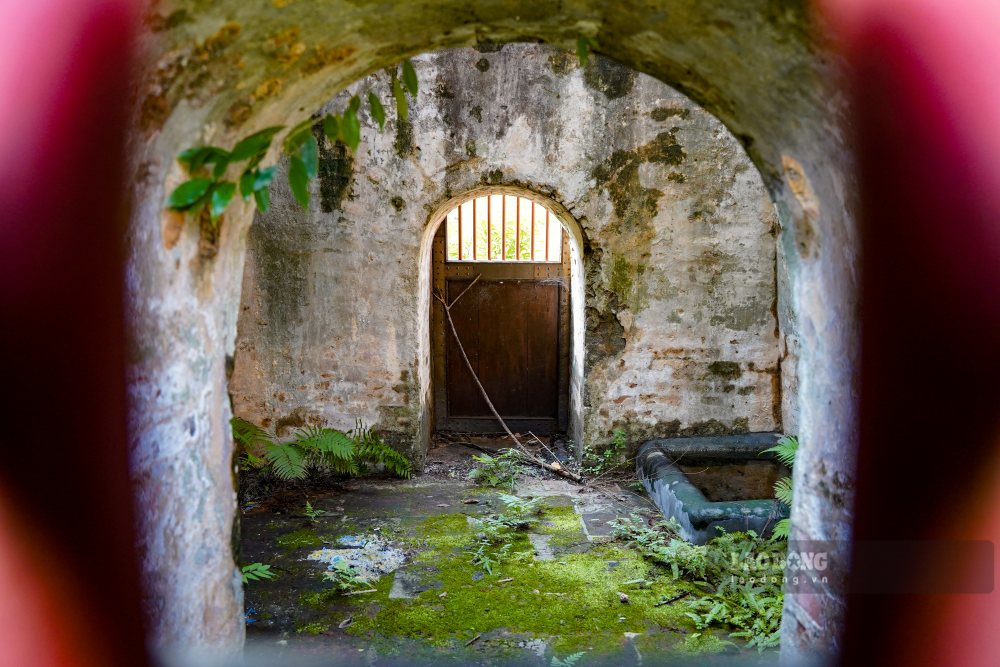
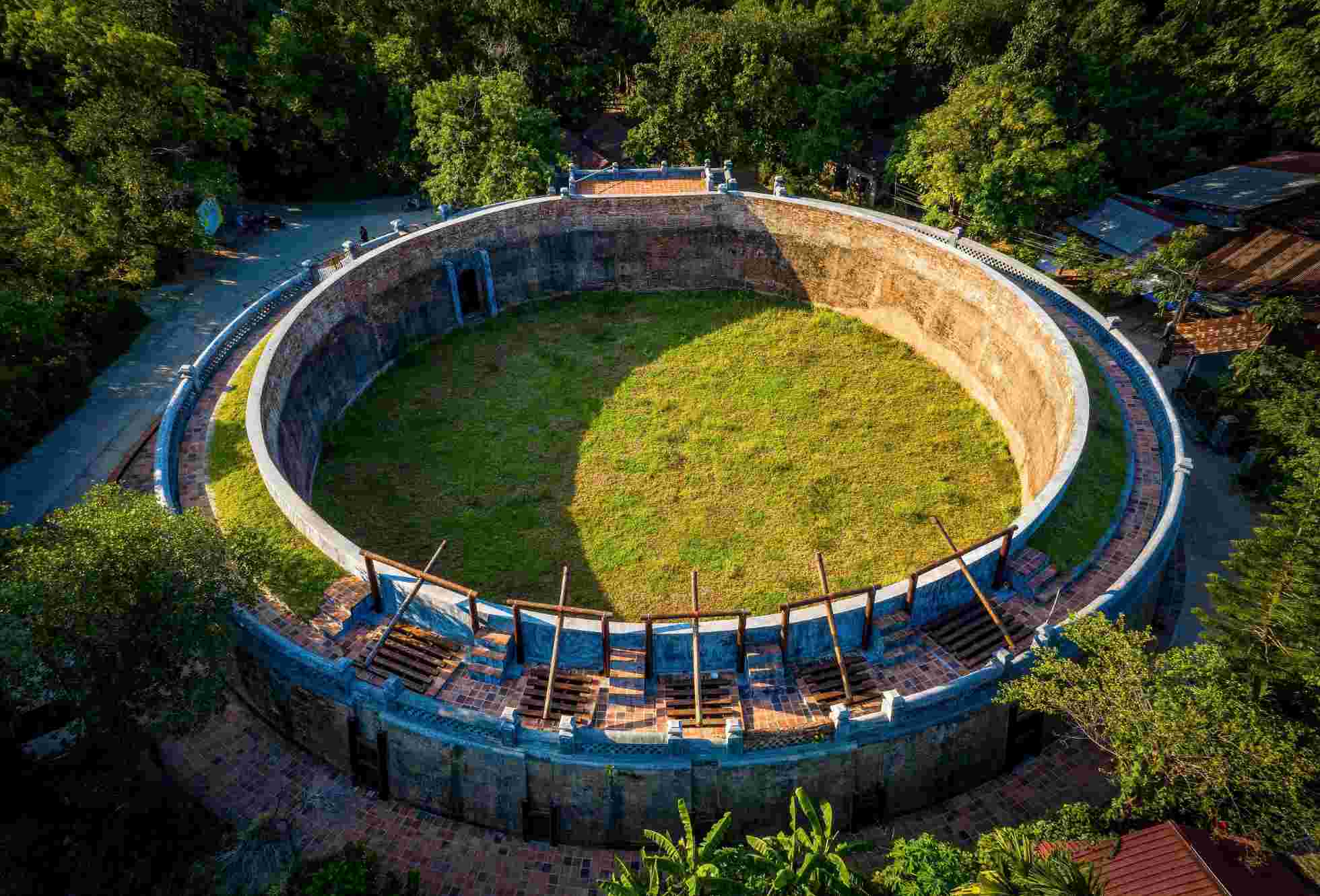
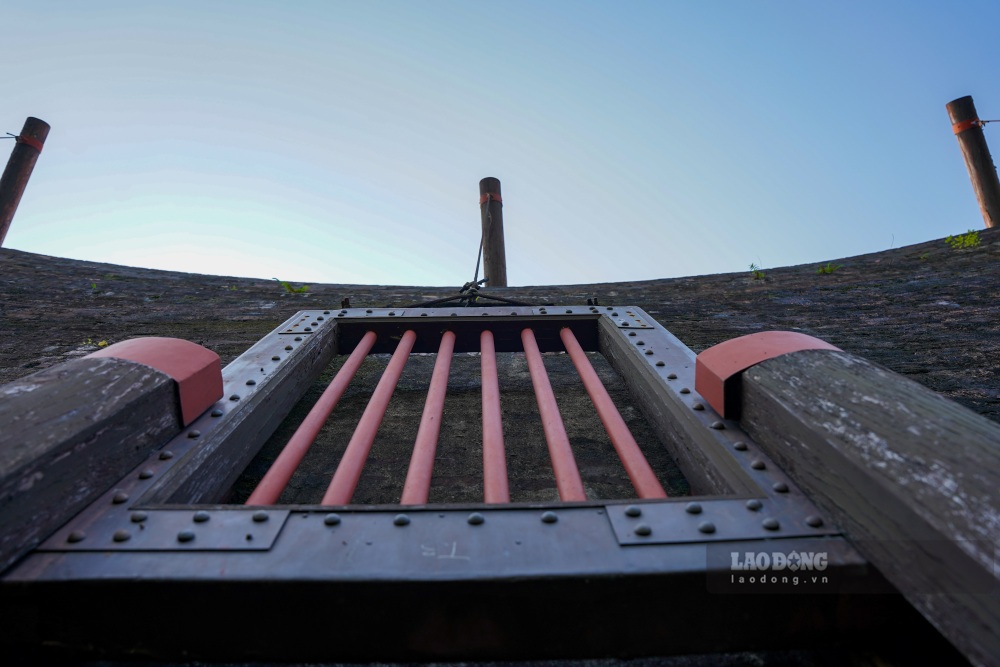
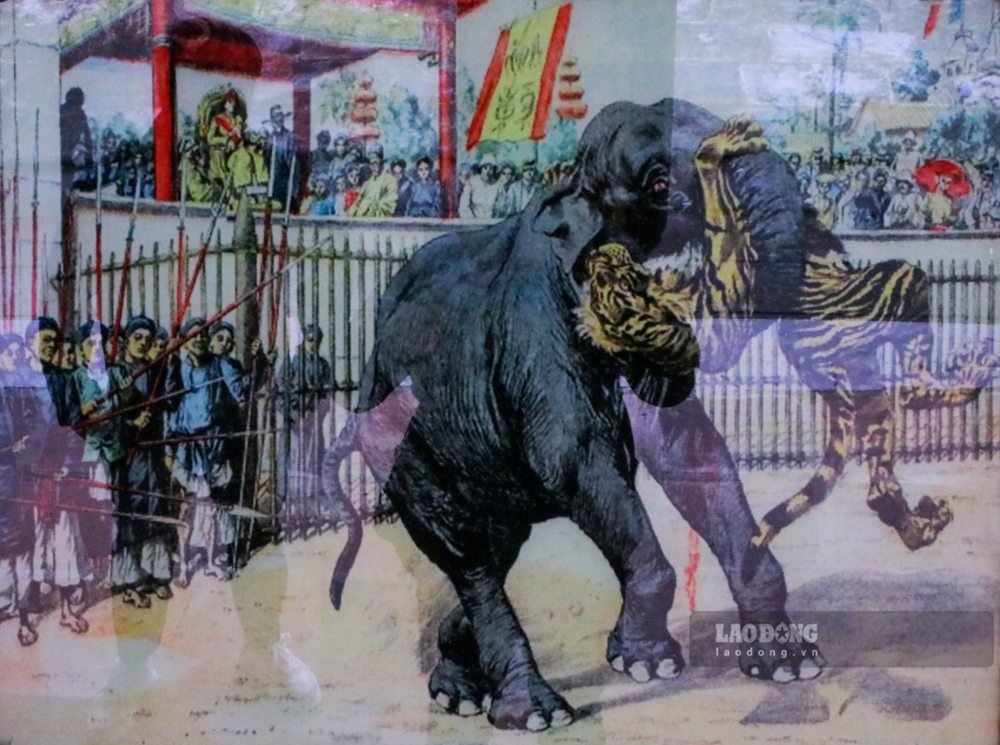
PHÚC ĐẠT - NGUYỄN LUÂN |
HUE - Formed nearly 200 years ago, Tiger Boxing in Hue is a deadly arena between fierce tigers and giant elephants.










|
HUE - By 2025, Hue will start many major projects to revive important relics to preserve and promote the value of Hue's cultural heritage.
|
HUE - During the Tet holiday, more than 150,000 tourists came to Hue for sightseeing and tourism.
|
HUE - Hue is preparing for the National Tourism Year 2025 with a series of special events, laying the foundation for the sustainable development of local tourism.
PHÚC ĐẠT - NGUYỄN PHONG |
HUE - By 2025, Hue will start many major projects to revive important relics to preserve and promote the value of Hue's cultural heritage.
PHÚC ĐẠT |
HUE - During the Tet holiday, more than 150,000 tourists came to Hue for sightseeing and tourism.
PHÚC ĐẠT |
HUE - Hue is preparing for the National Tourism Year 2025 with a series of special events, laying the foundation for the sustainable development of local tourism.